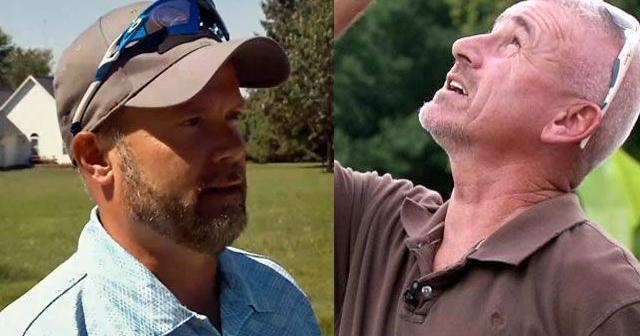anotherlab
Well-Known Member
Where is this law specifically referenced in the Final Rule document? The closest thing that I found is this text on page 121:49 U.S. Code § 46504. Interference with flight crew members and attendants
An individual on an aircraft in the special aircraft jurisdiction of the United States who, by assaulting or intimidating a flight crew member or flight attendant of the aircraft, interferes with the performance of the duties of the member or attendant or lessens the ability of the member or attendant to perform those duties, or attempts or conspires to do such an act, shall be fined under title 18, imprisoned for not more than 20 years, or both. However, if a dangerous weapon is used in assaulting or intimidating the member or attendant, the individual shall be imprisoned for any term of years or for life.
Operative phrase: on an aircraft
You could probably apply 18 U.S. Code § 32 - Destruction of aircraft or aircraft facilities if someone smashes a drone. There's no requirement that the perpetrator is aboard the aircraft. If a pilot is attacked by someone, existing laws would cover that.Final Rule - Page 121 said:As noted previously, though the FAA acknowledges the concerns expressed by commenters regarding personal safety and the marginal risk created by broadcasting a control station’s location, the FAA emphasizes that there are statutory prohibitions against interfering with an aircraft. Additionally, there are local, State, and Federal laws against assault, theft, and other crimes.











